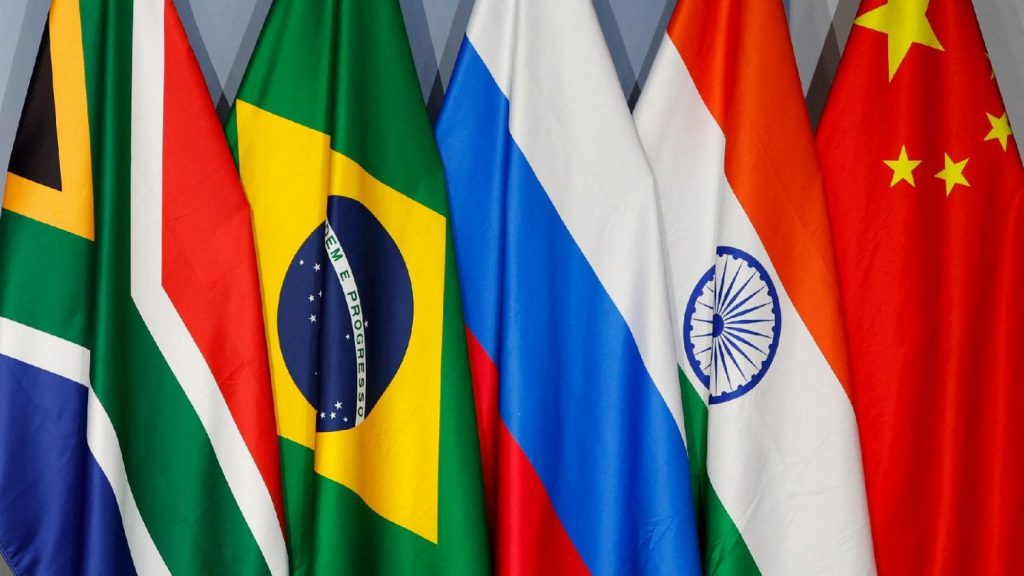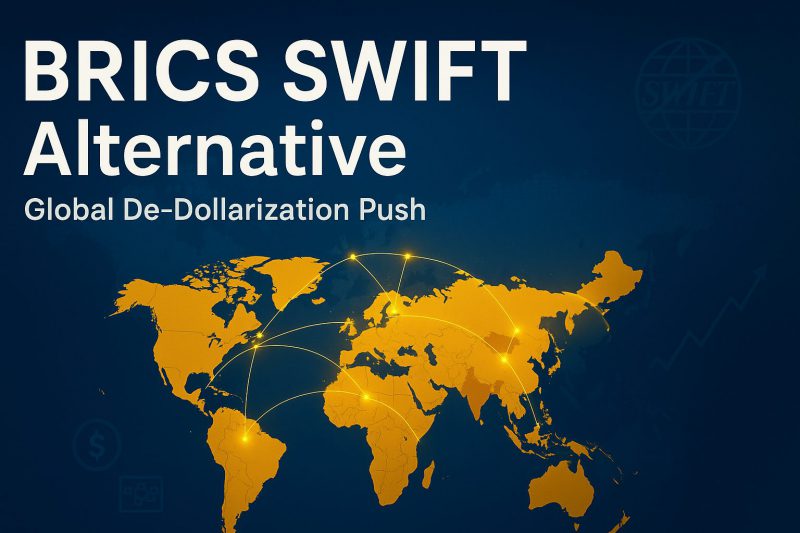The BRICS SWIFT alternative has been officially unveiled during the 17th BRICS Summit in Rio de Janeiro, where leaders actually decided to move forward with creating an alternative system to SWIFT. This BRICS SWIFT payment system aims to make transactions between member countries more accessible, faster, and also safer while reducing dependence on Western-controlled financial platforms.
The BRICS SWIFT alternative represents the most significant challenge to dollar dominance in global finance right now. Even more, it marks a concrete step toward de-dollarizing international trade.
Also Read: BRICS: 50+ Nations Now Use Yuan, Rupee, Ruble, Not US Dollar in Trade
BRICS Payment System News Highlights SWIFT Replacement And Global Payments


Technical Foundation of BRICS SWIFT Alternative
The BRICS SWIFT payment system builds on existing infrastructure from member nations, along with Russia’s SPFS system, China’s CIPS network, and even India’s UPI framework. BRICS Pay features a decentralized Cross-border messaging system, which was actually developed by scientists at Saint-Petersburg State University.
Right now, the BRICS SWIFT system promises some impressive capabilities. DCMS claims to reach 20,000 messages per second while also imposing minimal hardware requirements. The system doesn’t feature mandatory transaction fees, and participants can establish currency conversion rates.
The push for this BRICS SWIFT replacement stems from multiple factors, along with the weaponization of traditional payment systems. US foreign policy has significantly sped up de-dollarization efforts, and also aggressive sanctions imposed on Russia played a major role. The debate around BRICS Pay vs SWIFT has intensified as member countries seek financial independence from Western-controlled systems.
Current Progress and Member Positions
The BRICS Cross-Border Payments Initiative was actually debated as part of the broader BRICS SWIFT alternative global payments strategy. The group welcomed the technical report that was prepared by the BRICS Payments Task Force. This outlined clear ways to enhance interoperability between national financial systems.
However, individual member positions vary significantly. Russia is the most enthusiastic about the BRICS SWIFT payment system, but other founding members remain cautious. Some experts think that bankers are not convinced that BRICS has been able to come up with a technical support system for creating and sustaining an alternative to the SWIFT system.
At the time of writing, Reserve Bank of India Governor Shaktikanta Das has clarified that the government was not “thinking to move towards de-dollarization” and that the US dollar “will continue to be the dominant currency.”
Economic Impact and Implementation Timeline
The scale of potential disruption cannot be understated, especially when you consider that SWIFT handles $150 trillion in transactions every year. The BRICS SWIFT alternative could trigger some significant economic ripple effects, and a de-dollarization of the world economy would cause a dollar glut.
Despite ambitious goals for the BRICS SWIFT system, experts remain cautious about timelines. The Kazan Declaration was vague about implementation details, and participation by member countries would be voluntary and also non-binding.
Future Outlook
The BRICS SWIFT replacement represents more than just technological innovation. It actually embodies a fundamental shift in global power dynamics. While technical and political challenges remain substantial, the momentum behind the BRICS SWIFT alternative global payments initiative continues building.
Also Read: China Offers BRICS Nations Loans in Chinese Yuan, Interest Subsidies
At the time of writing, whether this BRICS SWIFT payment system succeeds will largely determine the future balance of economic power between established and emerging economies. The initiative intends to strengthen trade between Global South countries and also reduce dependence on Western-controlled platforms.





